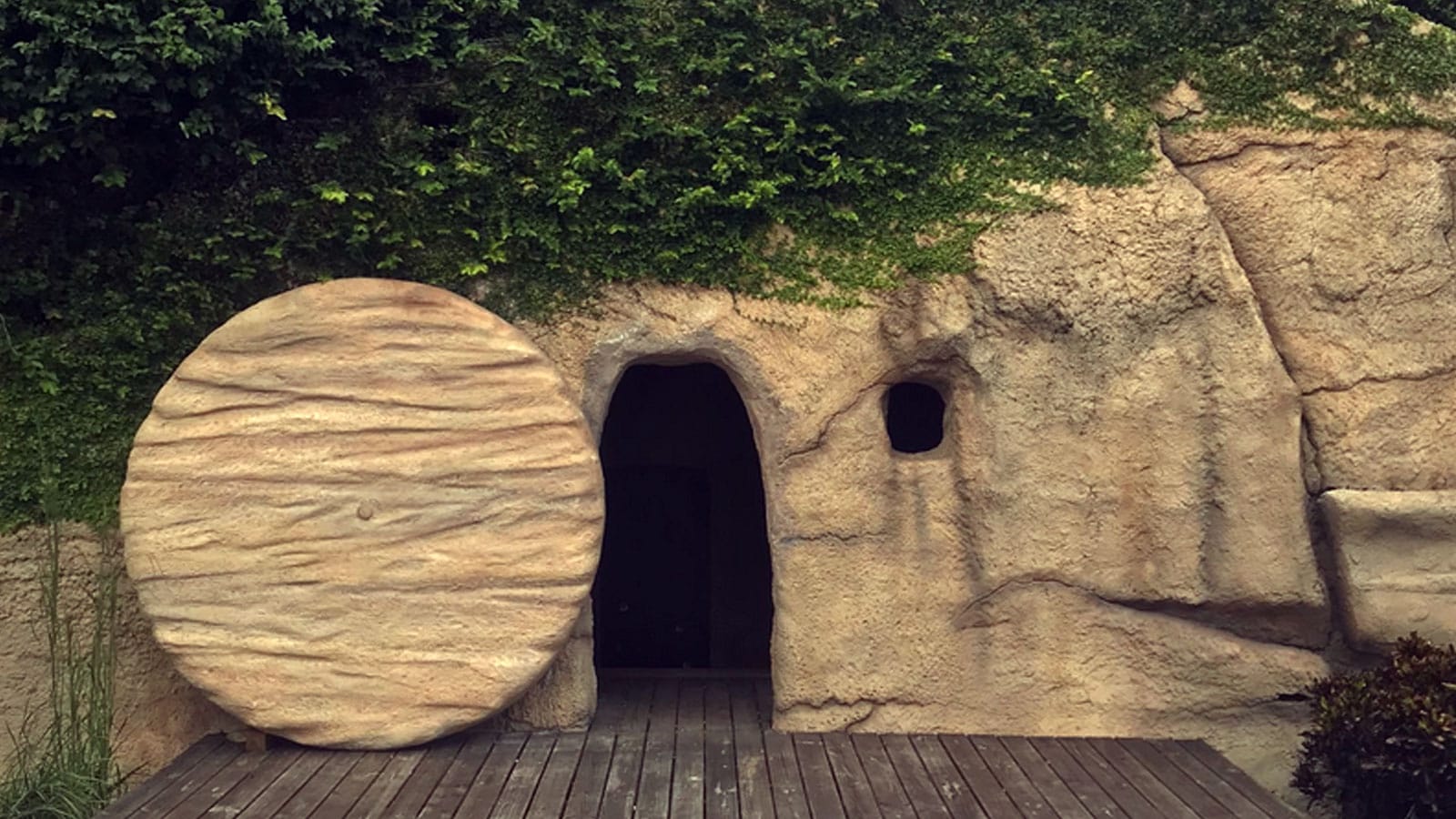What Was the Holy Land Experience?
by Anna Merlan

In September 2018, I was criss-crossing Florida for a story about guns, and found myself in a weird mood. That almost–but not entirely–accounts for my decision to spend $50 of my own money and take a solo visit to the Holy Land Experience, a combination amusement park and religious experience in Orlando that closed for good in 2021 and was demolished last year. Since you’re unlikely to have visited this place, and will definitely never get the chance to do so again, let me make a few things clear: there were musical numbers featuring Jesus really belting ’em out, there was a miniature Wailing Wall, and, most importantly, there was the most unsettling gift shop I’ve ever visited. By the end, I’d learned that I was the original target audience for the park, which unfortunately didn’t improve the experience.
The Holy Land Experience was the brainchild of Marvin Rosenthal, born to a Jewish family in Philadelphia; his mother Yetta converted to Christianity, and eventually he did too, becoming a Baptist minister and referring to himself as a “Christian Hebrew.” (As a Jewish person of lifelong standing, allow me to observe that when you’re a Baptist minister whose name is “Marvin Rosenthal,” you probably do have to come up with a punchy explanation.) “Christian Hebrew” is just one of several ways in which Jews who have “found” the Big Guy refer to themselves; there’s also “Messianic Judaism” or “Jews for Jesus.” All these are tributaries in a larger current of people who insist you can have your cake and also have a different cake that totally conflicts with the first cake.
It’s a paywall, but a small one
Read this post and get our weekdaily newsletter for $3 a month
